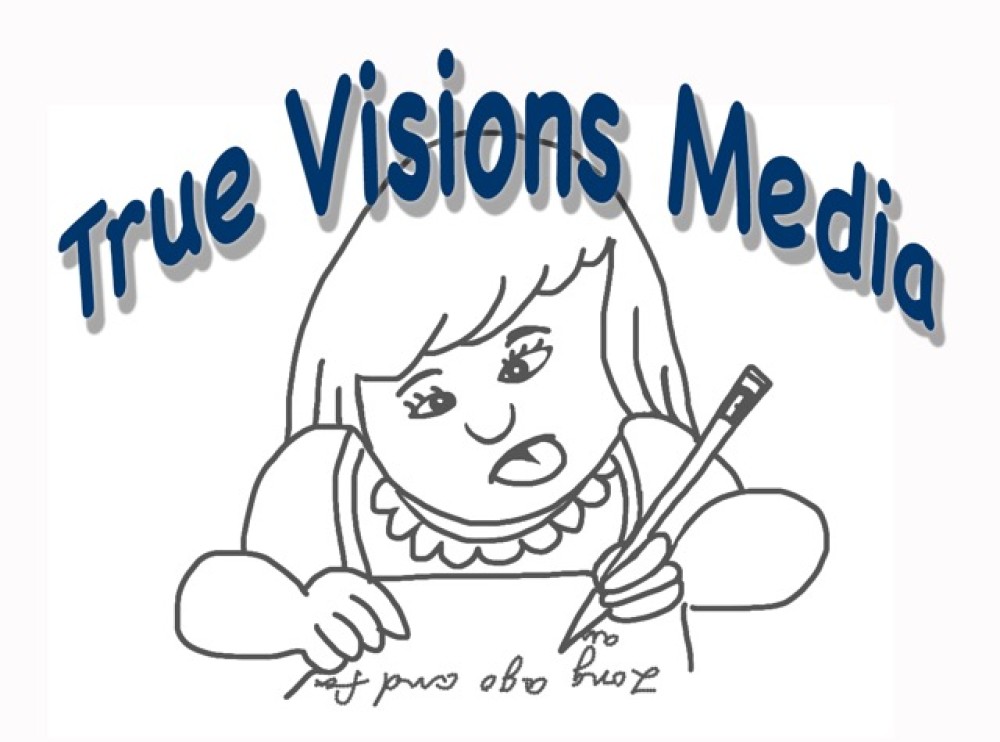 November is National Native American Month, yet we don’t hear much about it. As we gather in the United States to give thanks for those who came over from England to settle and make a new home in this country, we must also remember those who were here even before that.
November is National Native American Month, yet we don’t hear much about it. As we gather in the United States to give thanks for those who came over from England to settle and make a new home in this country, we must also remember those who were here even before that.
The first Thanksgiving in 1621 was a celebration of the first successful harvest, not of just coming to a new country. Having days of thanksgiving was a regular part of the religious practice of the “Pilgrims” and at that time was a day of prayer rather than a celebration around food. According to my research on the internet, there was only one written account of the first Thanksgiving. Much of the perceived information is based on what history research has discovered about the life at that time. The fittest Thanksgiving meal was probably a with duck and a cornmeal porridge or oatmeal, rather than turkey and stuffing. The harvest was probably cabbage, onions, corn and squash. They probably also had fish since that is part of what they survived on before the harvest was ready and deer brought by the Natives who ate the venison as a stable. Additionally, it probably was a week-long celebration with several meals rather than just one huge sit-down affair.
The Native American Wampanoag tribe, Squanto who taught the Pilgrims to plant the native crops, and its chief Massasoit played an important role in those English folks being able to survive on what then seemed to be barren soul. Had the Native cultures not taught the settlers what to grow and how to grow it, they likely would have starved to death. Therefore, today, please consider those Native Americans who still live among us and who have their own rituals and traditions.
My friend She Wolf’s grandfather is Native American. She posted some information about the tribes based on her internet searches. She have given me permission to share the information (rather than having to do my own research):.
*****************************
Information on a few tribes/nations gathered and compiled by She Wolf:
Native American Ceremonies
Ceremony plays a vital, essential role in Native American religions. Whereas western religions typically consider ceremony the servant of theology, Native American religions barely recognize the distinction between myth and ritual.Often the ritual proves to be established and secure while the myth is vague and unclear. Indian ceremonies grew up within local groups; some elements of Indian ceremonials have been traced back to the Old World. The ceremonies were adapted locally, using both traditional and borrowed elements, to suit local needs. These ceremonies often began as practical actions.
Indians were eager to embrace ceremonies or portions of ceremonies that provided power to conquer the difficulties of life. As these practices developed, they were modified and imbued with additional meanings and purposes.
Apache:
•Ceremonial Dances
◦Rain Dance
◦Good Crop Dance
◦Harvest Dance
◦Spirit Dance
•Life Cycle Rites
◦Na’ii’es – Sunrise Ceremony (Female Puberty Rite)
■The most important and frequent community ceremony. It normally takes place in the summer months of the year after a girl’s first menstruation.
◦First Steps Rite
Cherokee:
•Ceremonial Dances
◦Stomp Dance
Diegueño Indians (California)
•Ceremonial Dances
◦Awikunchi – A fair weather making ceremonial dance and song.
Lakota:
•The Seven Sacred Rites
◦The Sweat Lodge
◦The Vision Quest
◦Ghost Keeping
◦The Sun Dance
◦Making Relatives
◦Puberty Ceremony
◦Throwing the Ball
•Life Cycle Rites
•Life Renewal Rites
•Summer Solstice Ceremony
************************
Details about some of these rituals and others can be read at http://bonniebutterfield.com/indian-culture.htm.
Hoop Dancing (in the picture) is a form of storytelling that incorporates one to 40 hoops as props, which are used to create shapes and formations including the butterfly, eagle, snake, and the world. The Native American hoop dance focuses on continuous movement of the body and the hoops to tell a story The hoops are made in such a way that they interlock and can extend from the body to form such appendages as wings. IN this photo, you can distinctly see the wings of a butterfly which later became a globe. For more information about hoop dances, go to http://en.wikipedia.org/wiki/Native_American_Hoop_Dance. (Photo by Cynthia M. Freeman, True Visions Media, used with permission, is of a hoop dance performed at the 2012 International Folk Festival in Milwaukee, WIsconsin.)
If you would like to see what tribes live in your state, they are outlines at http://500nations.com/tribes/tribes_state-by-state.asp.
You can then look up the language used by the tribe in your area at http://www.native-languages.org/original.htm.
Even among the languages, different words are used for the same English word. You can investigate this more with the vocabulary charts at http://www.native-languages.org/vocabulary.htm.
